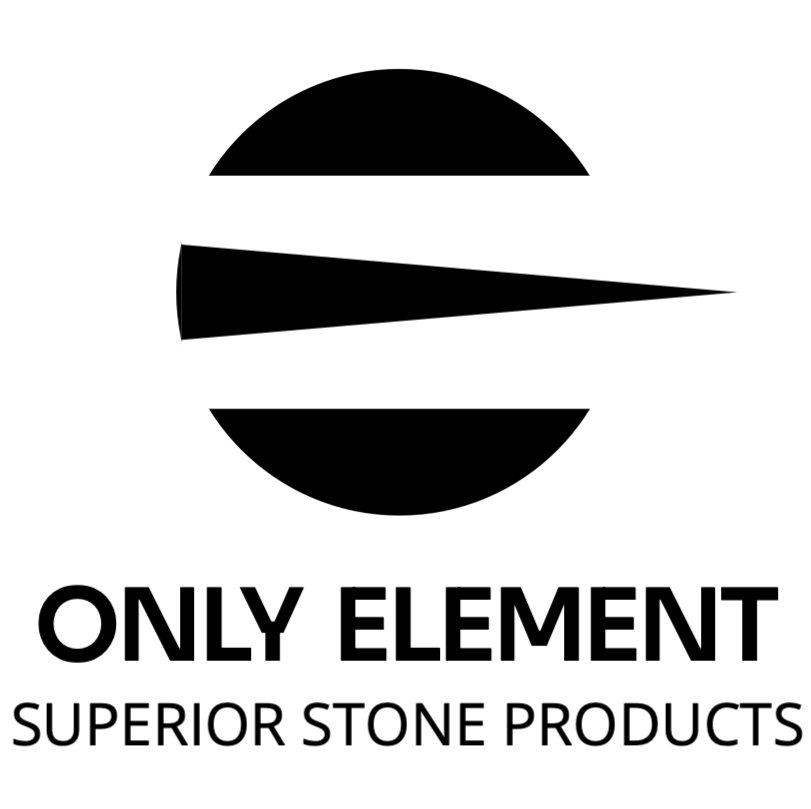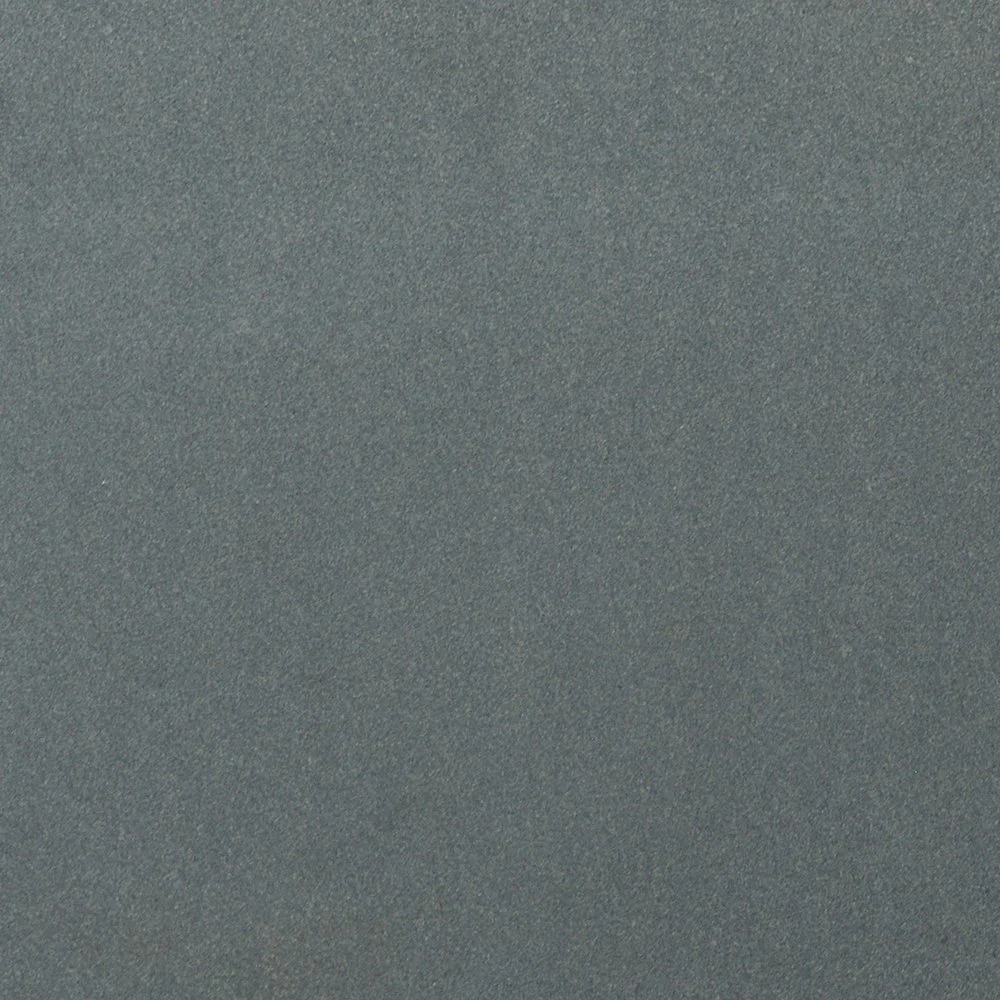Choosing the Right Natural Stone for Central Europe’s Challenging Climate
Natural stone has stood the test of time as a cornerstone of architecture, admired for its unmatched beauty, versatility, and durability. However, Central Europe's challenging weather conditions—characterized by freezing winters, heavy rainfall, and hot summers—demand careful selection to ensure long-term performance and aesthetic appeal.
This guide provides expert advice on choosing the perfect natural stone for your project, emphasizing durability, finishes, and maintenance tailored to the region's unique climate.
Why Climate Matters When Choosing Natural Stone
Central Europe’s climate is as varied as its rich architectural heritage. From biting frost to blazing heat, materials face intense environmental stress. Choosing a natural stone that withstands these extremes ensures your project remains timeless and resilient.
Key Climate Challenges
Frost Damage: Water seeps into stone pores, freezes, and expands, causing cracks and spalling.
Moisture Retention: Extended exposure to rain or snow can lead to staining and erosion.
Thermal Expansion: Fluctuating temperatures cause materials to expand and contract, leading to potential structural stress.
By understanding these challenges, you can make informed decisions about which stone is best for your project.
The Most Durable Natural Stones for Central Europe
Not all natural stones are created equal. Each type has unique characteristics that make it suitable for specific applications and weather conditions.
Granite
Why Choose It: Extremely dense and durable, granite resists freezing, thawing, and abrasion.
Best Uses: Outdoor paving, facades, steps, and monuments.
Basalt
Why Choose It: Known for its strength and low porosity, basalt is highly resistant to frost and harsh weather.
Best Uses: Driveways, curbstones, and outdoor furniture.
Sandstone
Why Choose It: A favorite in historical architecture, high-density sandstone performs well when properly sealed.
Best Uses: Facades, walkways, and landscaping.
Limestone
Why Choose It: Dense varieties of limestone can be used outdoors if treated, but softer types should be avoided in wet climates.
Best Uses: Sheltered outdoor areas, fireplaces, and indoor flooring.
Slate
Why Choose It: Non-porous and frost-resistant, slate excels in both durability and aesthetics.
Best Uses: Roofing, cladding, and patio surfaces.
Marble
Why Choose It: Known for its elegance, marble is best suited for indoor use or sheltered areas due to its porosity.
Best Uses: Countertops, indoor flooring, and decorative elements.
Pro Tip: Opt for stones with low porosity to minimize water absorption and reduce the risk of frost damage.
The Role of Stone Finishes in Performance and Aesthetics
The finish applied to natural stone significantly impacts its functionality and appearance, especially in varying climates.
Popular Stone Finishes for Central Europe
Flamed Finish: Textured and slip-resistant, ideal for outdoor steps, walkways, and patios.
Honed Finish: Smooth and matte, suitable for indoor applications or sheltered outdoor spaces with sealing.
Polished Finish: Shiny and striking but less suited for wet or icy conditions due to its slipperiness.
Choosing the Right Finish: Match the finish to the environment for safety and longevity. For instance, opt for flamed finishes in icy regions and honed finishes in moisture-prone areas.
Sealing and Maintenance: Keys to Longevity
Proper sealing and maintenance can dramatically extend the life of natural stone in challenging climates.
Why Seal Natural Stone?
Sealing protects against water absorption, stains, and frost damage by creating a protective barrier on the surface.
Maintenance Tips for Longevity:
Seal Regularly: Reapply sealant every 1–3 years, depending on usage and exposure.
Clean Properly: Use non-abrasive, pH-neutral cleaners to prevent surface damage.
Prevent Algae Growth: Keep surfaces free of moss and algae, which can cause long-term damage.
Inspect Frequently: Check for cracks or damage and address them promptly to prevent worsening.
Collaborating with Natural Stone Experts
Choosing the right stone involves more than picking a material—it’s about understanding its properties, finishes, and care. At Only Element, we specialize in:
Custom Stone Solutions: Tailored to meet your project’s unique requirements.
Craftsmanship Meets Technology: Combining labor-intensive techniques with advanced technology to deliver precision and enduring quality in every design.
Why Work with Us?
Our team combines unparalleled expertise with years of hands-on experience, blending traditional craftsmanship with modern innovation to deliver solutions that thrive in the region’s most demanding climates.
Conclusion: Make Your Project Climate-Ready
Choosing the right natural stone for Central Europe’s challenging climate doesn’t have to be daunting. By considering durability, finishes, and maintenance, you can create stunning, resilient spaces that stand the test of time.
At Only Element, we’re passionate about helping you achieve your vision with our expertise in sourcing and fabricating custom natural stone solutions. Contact us today to discuss how we can support your next project with sustainable, durable materials.
FAQs
1. What is the best natural stone for freezing climates?
Granite and basalt are excellent choices due to their low porosity and high durability. These stones resist freezing and thawing cycles, making them ideal for Central Europe’s harsh winters.
2. How can I protect natural stone from frost damage?
Choose stones with low porosity, such as granite or basalt, apply a high-quality sealant regularly, and inspect for cracks to prevent water infiltration that can lead to frost damage.
3. Which stone finishes are best for wet or icy conditions?
Flamed finishes are textured and slip-resistant, making them perfect for outdoor steps, patios, and walkways. Polished finishes should be avoided in such areas as they can become slippery.
4. What maintenance is required for natural stone in challenging climates?
Regular cleaning with pH-neutral cleaners, removing moss or algae, resealing surfaces every 1–3 years, and inspecting for cracks will ensure the stone remains durable and beautiful.
5. How can I get expert advice on selecting the right natural stone?
Our team at Only Element is here to guide you through the selection process, ensuring the perfect match for your project. Contact us today to discuss your needs!






